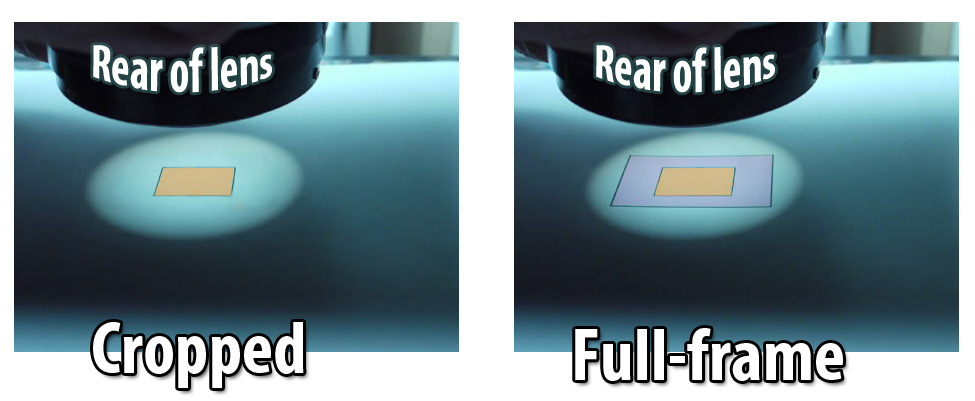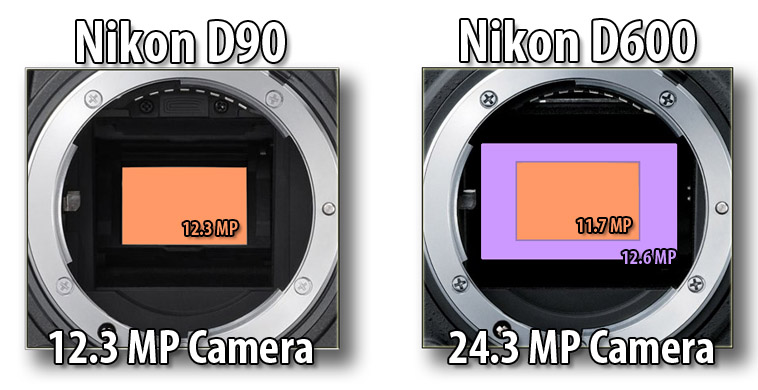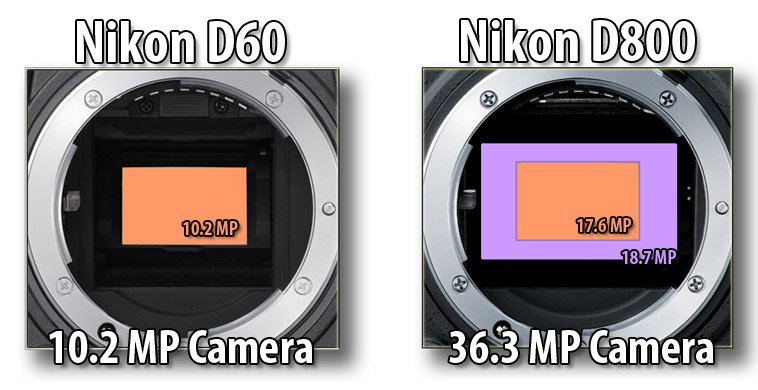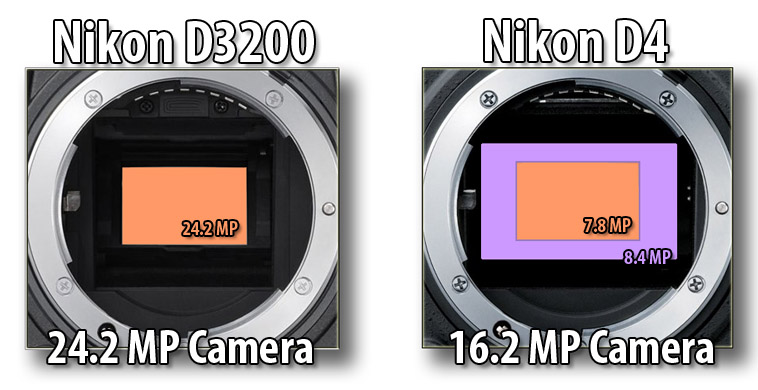Myth: You magically get x1.5 more reach/zoom out of your lenses on cropped sensor cameras versus full-frame sensor cameras.
You DON'T get x1.5 more reach/zoom with cropped sensors.
The first concept that needs to be accepted as truth is this; any given lens' viewing angle is consistent, regardless of the camera body it is attached to (cropped or full-frame). With zoomable lenses, the comparisons would obviously be with the lenses zoomed to the same focal lengths for comparing both the cropped and full-frame bodies. The field of light exiting through the rear glass element falls on each sensor fairly equidistantly. The full-frame sensor is simply able to capture more of the image/light that falls on it due to being larger.

Full-frame sensors are slightly more than twice the size of cropped (APS-C or Nikon's DX) sensors. Once an image is captured on the sensor, the only variable that would amount to "reach" or "zoom" afterward in the digital world would be how large the resolution of the image is. Higher resolutions allow you to continue enlarging (ie, "zooming") inward on the photo image while maintaining visual quality. The following examples help illustrate the difference between the narrow field of vision experienced with a cropped sensor (the misunderstood "zoom") and the resultant resolutions of the image afterward.
Scenario neutralizing the concept of this myth;

In this comparison, the cropped (DX) portion of the D600 full-frame would be 11.7MP versus the D90's entire sensor at 12.3MP. So, the full-frame and cropped cameras roughly have the same resolutions per surface area. Image quality as it relates to resolution are roughly equal.
Scenario favoring the full-frame sensor in resolution;

In this comparison, the D800 has 70% more resolution in the DX area of the picture. A clear winner for the full-frame body in this scenario of models. Scenario; you have a D60 and a D800 right next to each other and they both snap a picture. The D800's image will include more view area, so you will need to crop the middle of the image to make it look the way the D60's image is framed. Once you have both images with a similar field of view, you use your software to zoom inward on both images - the D800's picture will look better as you continue zooming in because it's a much higher resolution image (17.6MP as opposed to the D60's 10.2MP).
Scenario favoring the cropped sensor in resolution;

In this scenario, the cropped portion of the full-frame D4 image would be 7.8MP as opposed to the D3200's 24.2MP. The D3200's image has more than x3 increase in resolution. The fact that the D4 is a $6,000 camera versus the $650 cost of the D3200 heavily underscores the sentiment of overvaluing pixel count in image quality and camera build.
To summarize, a lens (prime or zoomable) doesn't change its "reach" capacities based on what camera body it's attached to per se, only the field of vision is affected; it is narrower on a cropped/DX body. The resultant images' resolutions ("reach") are affected by sensor densities.
Questions or comments, feel free to contact me: jopezu@gmail.com